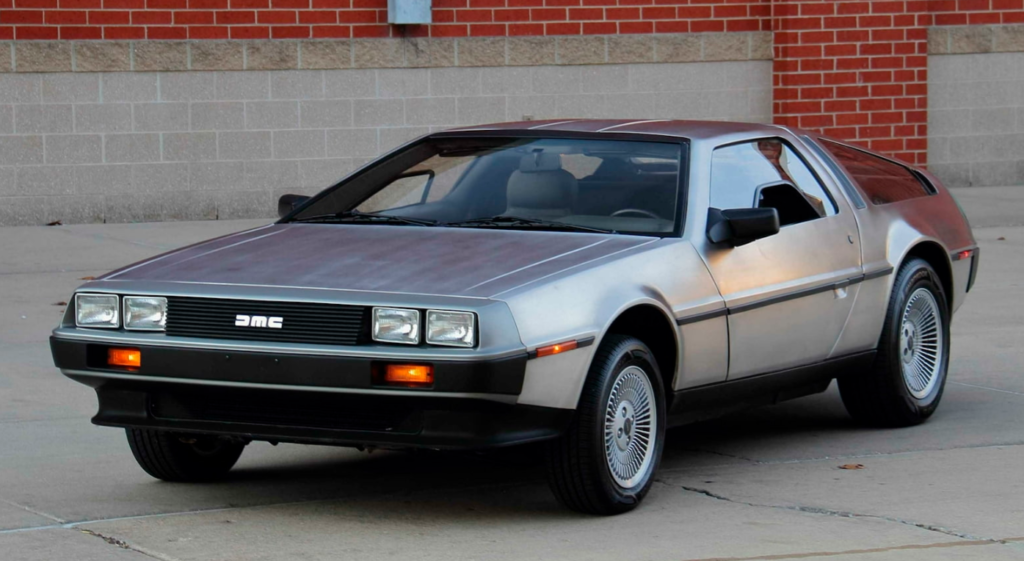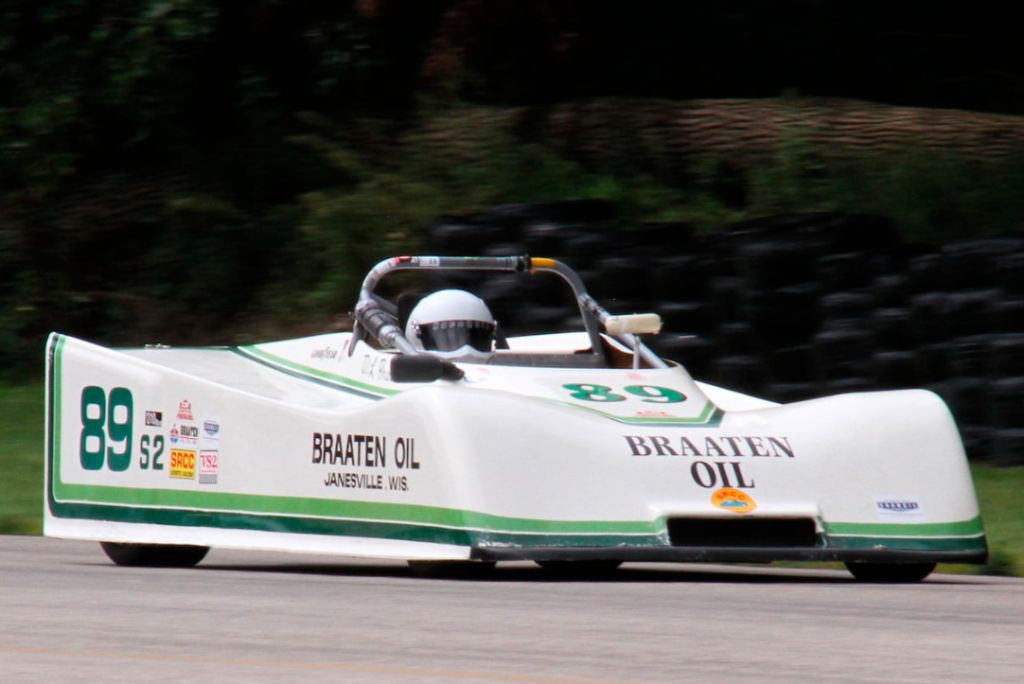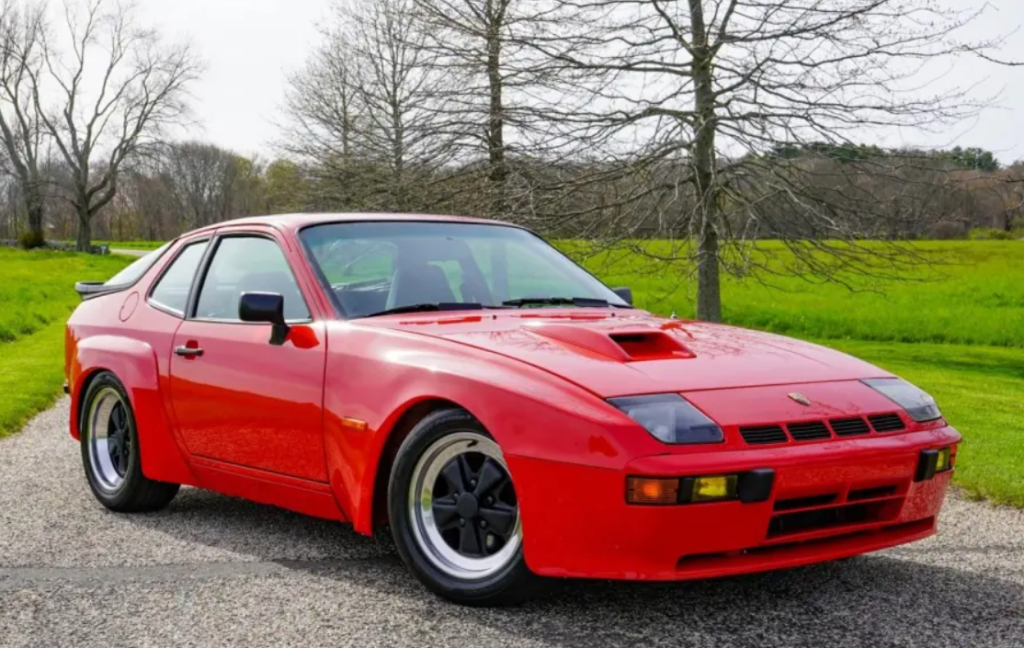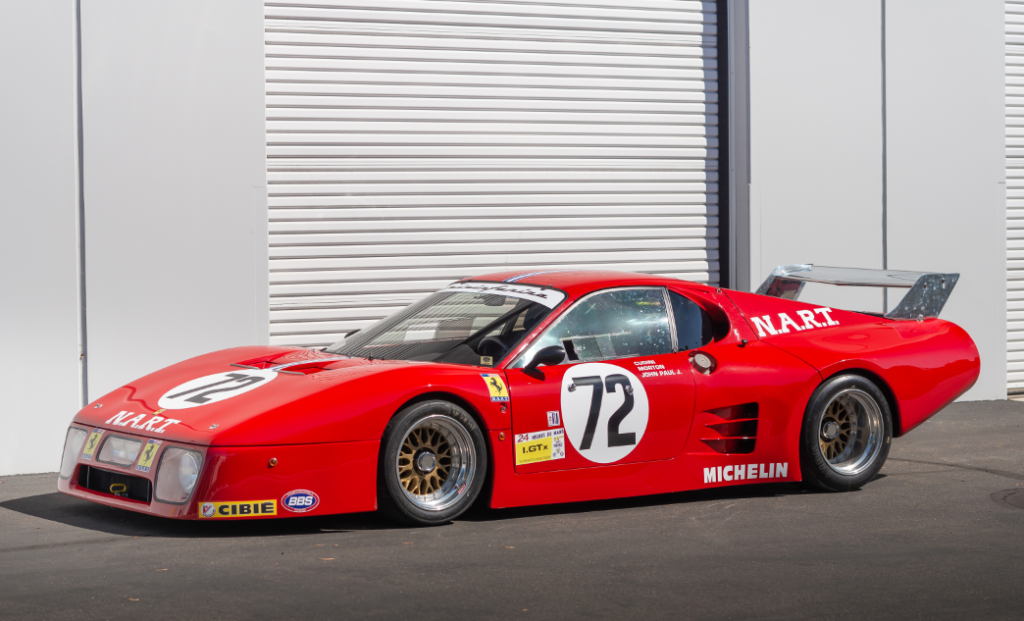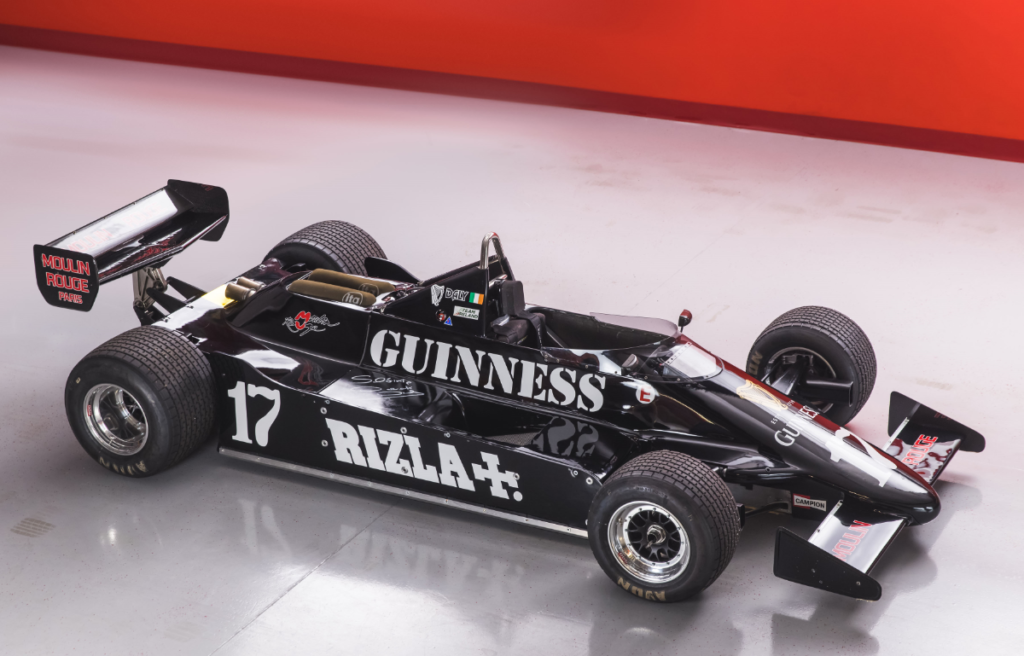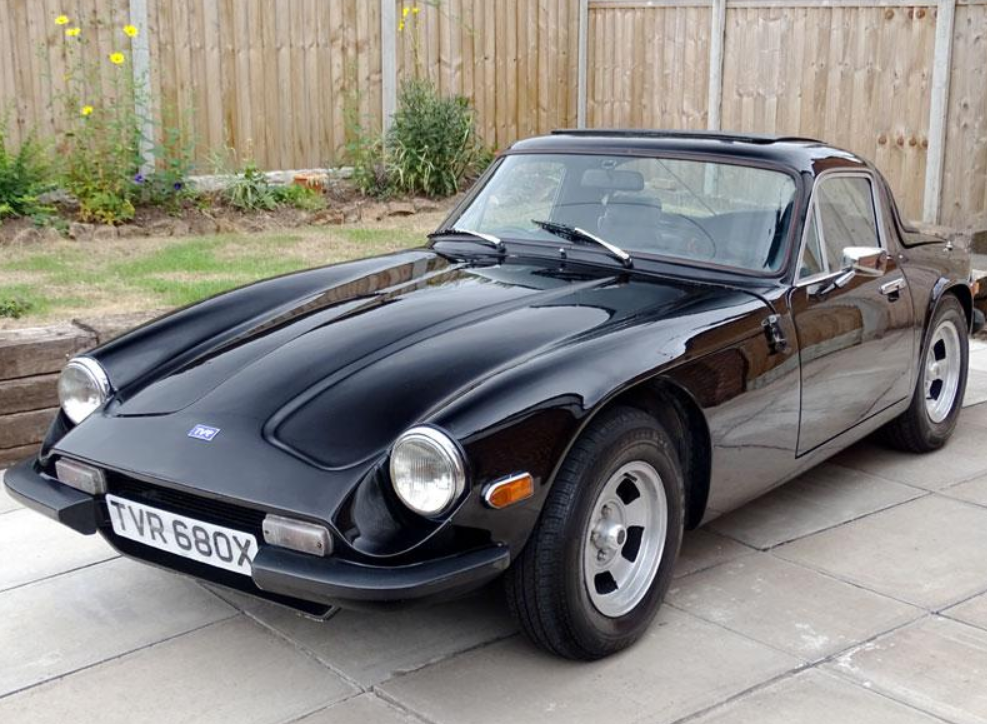1981 Porsche 917 K-81
Offered by RM Sotheby’s | Monaco | May 2024

Porsche’s 917 is one of the most legendary race cars of all time. It was produced in quite a few variations after its 1969 introduction, including the quite famous 917K and the ultimate evolution: the 917/30.
Porsche stopped racing the 917 after the 1973 Can-Am season and moved on to the 936 for 1975. However, in 1981, Le Mans changed their rules and it sort of opened the door for the 917 to return to the 24 Hour. Porsche themselves didn’t have much interest, but Kremer Racing did. With the support of Porsche, they built a new 917 to Group 6 specifications and dubbed it the 917 K-81.
It’s a Kremer aluminum spaceframe chassis underneath similar to that of a Porsche-built 917, and it is powered by a 5.0-liter flat-12. The competition for this chassis consists of:
- 1981 24 Hours of Le Mans – 38th, DNF (with Bob Wollek, Xavier Lapeyre, & Guy Chasseuil)
- 1981 1000km Brand Hatch – 26th, DNF (Wollek & Henri Pescarolo)
Not super successful, and after Brands Hatch, that was it for the 917. The current owner acquired this car in 2011 and used it at various track days. The 5.0-liter engine was rebuilt recently, and the whole package has an estimate of $3,800,000-$5,500,000. Click here for more info.


